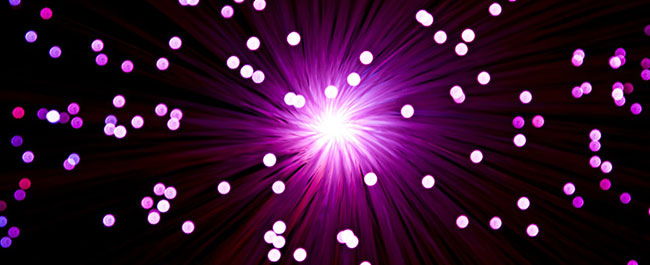
Jul 15, 2019
Blog Digital World Trends in the Photonics Industry
The increase in the adoption of photonics is gradually replacing electric conductors—which are used in semiconductors for high speed transmission systems—with silicon photonics.
The rise in optical transceivers devices developed using silicon photonics has assisted in the development of transmission speeds of over 100Gbps, which is expected to have mass adoption and support the development of high-performance computing with increased efficiency. These devices are being predominantly used for image and capturing, as well as for intelligent lighting solutions such as OLED technologies.
In our full report, “2018 Photonics Research Review,” we explain in depth what’s happening in several segments of the photonics industry.
However, if you’re looking for a quick overview of what’s happening in photonics—including the fast-growing fiber optics industry—you’ll find today’s blog helpful.
We provide quick insight into the main trends occurring in three of the fastest-growing segments in the industry:
Ultrafast Lasers
According to BCC Research analysts, in 2016, fiber lasers dominated the overall ultrafast laser market with a share of 54.1%, followed closely by diode-pumped lasers with a share of 25.3%.
Fiber lasers are most commonly used in materials processing, telecommunications, spectroscopy, healthcare and directed energy weapons operations.
Due to their features, such as high optical quality, high output power and high vibration reliability, fiber lasers have replaced other traditional ultrafast lasers over the past few years.
The fast growth of the ultrafast lasers market can be attributed to one main factor: their unmatched high-range intensity due to their low divergence angles and minimal energy loss during use.
Additionally, while both large and small competitors are present in the marketplace, there are no current substitutions for ultrafast lasers.
Fiber Optics
The fiber optics industry is growing slowly in the field of optics. Growing technological advancements in material science has encouraged manufacturers to create fiber optics for various industries, such as healthcare, automotive and telecommunications.
The telecommunications industry is experiencing unexpected exponential growth, compounded by consumers’ insatiable demand for high bandwidth and a tremendous rise in the amount of time consumers spend online. The significant growth of the telecommunications industry is driving the fiber optic industry, specifically the market for fiber optic sensors.
Fiber optic sensors are also being used in healthcare applications, such as surgical instrumentation, diagnostic devices and therapeutic treatment, which is contributing to the growth of the global fiber optics industry.
Optical Wireless Communication
Optical wireless communication (OWC) is gaining increasing interest both alone and as a complementary technology to radio-waves-based wireless networking (WiFi).
There are three categories of OWC:
Visible light communication that utilizes light-emitting diodes as light sources is also known as light fidelity (LiFi). LiFi offers additional advantages compared to other OWC types, including the fact that it can use existing infrastructure—home, office, retail, and industrial lighting systems, for example—and is a very safe technology.
OWC has existing and potential applications in ultra-short, short, medium, long and ultra-long range communication and is used in sectors such as retail, industrial, transportation, healthcare, infrastructure and defense.
Learn More About the Global Photonics Industry
To learn more about the global photonics industry, download a complimentary chapter of our recent report, “2018 Photonics Research Review.”

Sarah Greenberg is the Manager of Content Marketing at BCC Research. She creates our blog, social media and email content.

From smartphones to satellites, antennas play a vital role in enabling the seaml...

Introduction Artificial Intelligence (AI) and the Internet of Things (IoT) are r...

We are your trusted research partner, providing actionable insights and custom consulting across life sciences, advanced materials, and technology. Allow BCC Research to nurture your smartest business decisions today, tomorrow, and beyond.
Contact UsBCC Research provides objective, unbiased measurement and assessment of market opportunities with detailed market research reports. Our experienced industry analysts assess growth opportunities, market sizing, technologies, applications, supply chains and companies with the singular goal of helping you make informed business decisions, free of noise and hype.